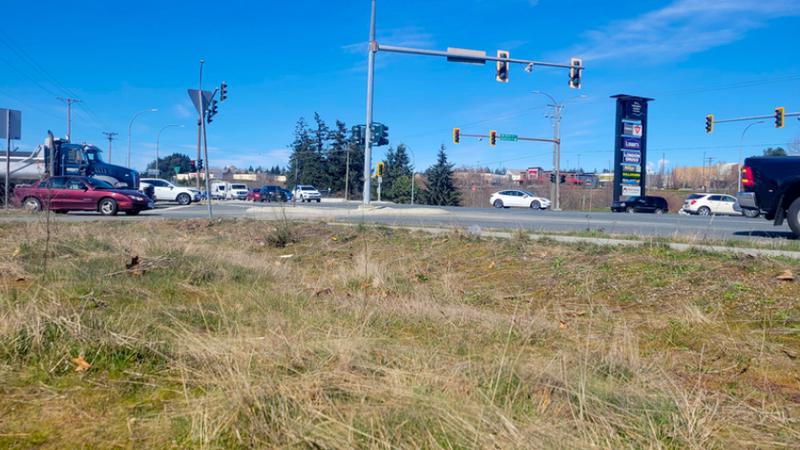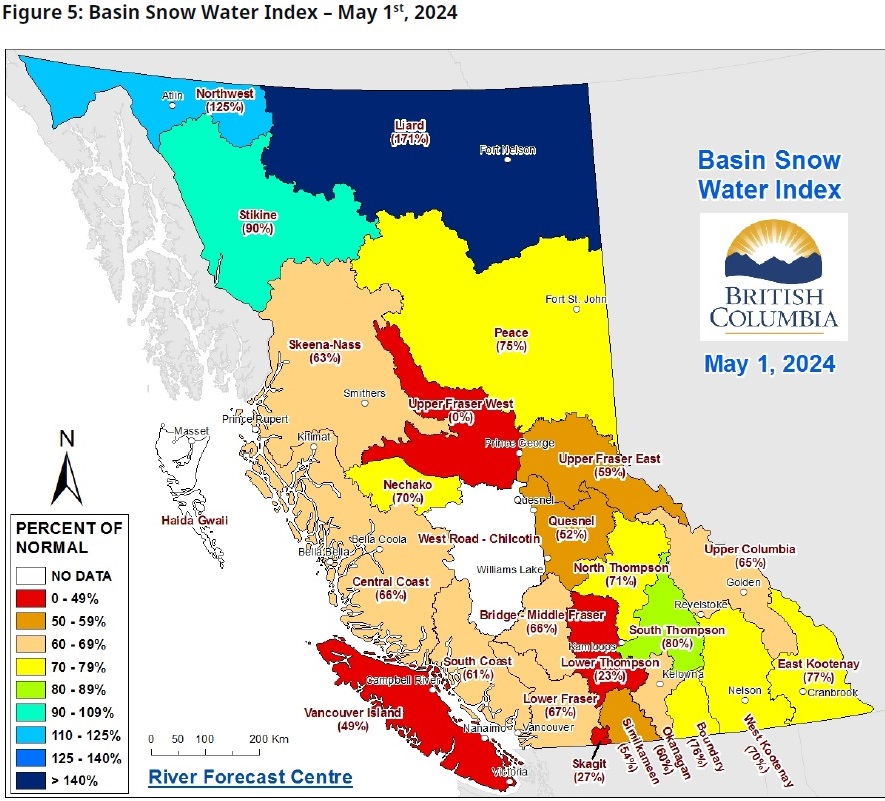
Island snowpack levels remain low in May despite small April increase
NANAIMO — While up slightly compared to April, the snowpack level across B.C. remains incredibly low, with no change occurring on Vancouver Island.
The May 1 snow survey and water supply bulletin indicates the average Vancouver Island snowpack was 49 per cent of normal for this time of year, unchanged since April.
Minister of water, land, and resource stewardship Nathan Cullen said with little precipitation predicted in the immediate forecast, they are taking these low levels very seriously.
“Snowpack levels, which are a critical part of British Columbia’s ability to have enough water, which come most from the spring, summer and right through the fall, are historically low right now at 66%. That is a significantly low snowpack that we’re dealing with.”




